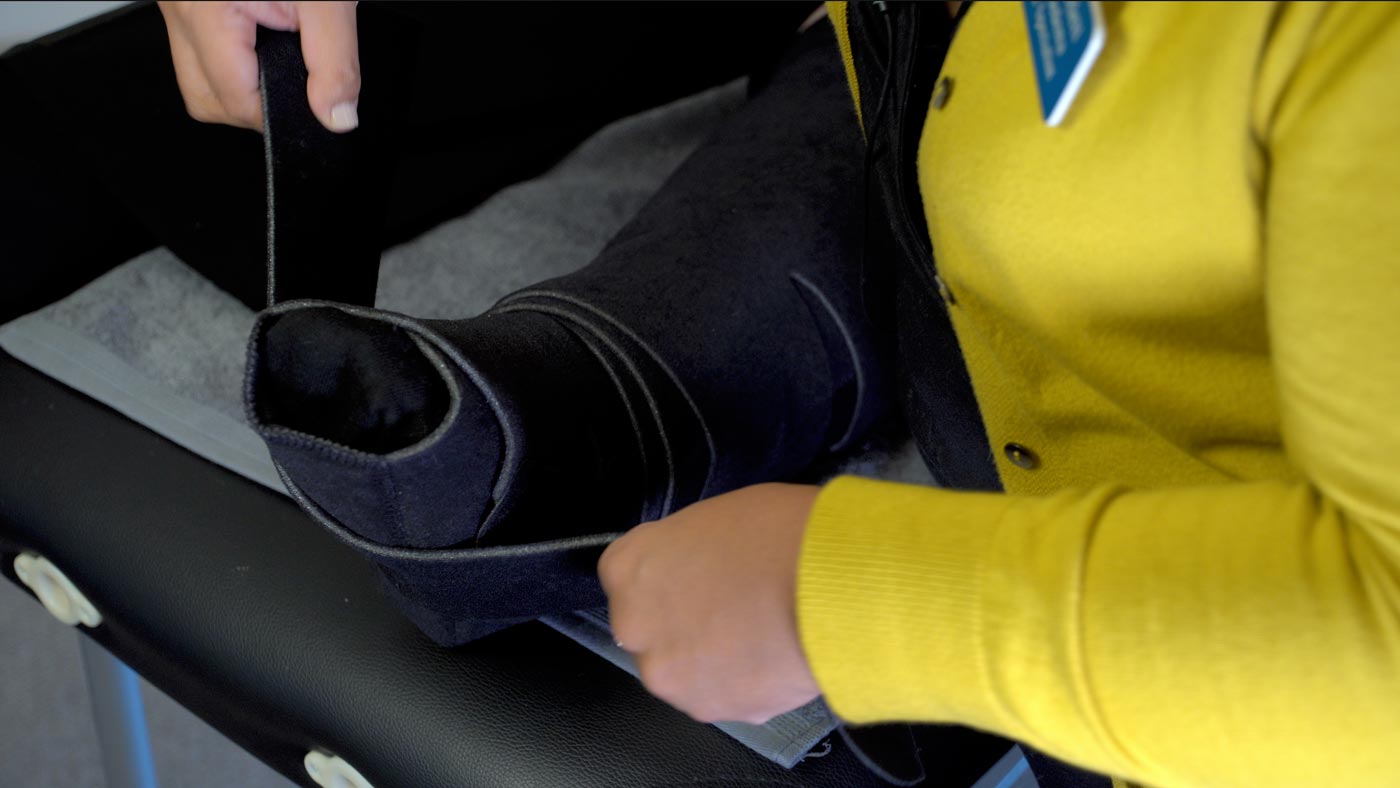Lymphoedema is a long term, or chronic, condition that can cause excess swelling to any part of the body, due to the failure of the lymphatic system. It is most commonly develops in the arms and legs.
What causes it?
Lymphoedema develops when the lymphatic system, is failing. The lymphatic system helps fight infection and remove excess fluid in the body; when it is failing , lymph fluid collects in the tissues under the skin.
There are two main types of lymphoedema:
- Primary lymphoedema – caused by faulty genes that affect the development of the lymphatic system, and can start in infancy, adolescence or early adulthood.
- Secondary lymphoedema – caused by damage to the lymphatic system or problems with the movement and drainage of fluid. It can be the result of injury, infection, cancer treatment, or a lack of limb movement.
What are the symptoms?
Swelling in all or part of a limb is usually the first sign of Lymphoedema. It will usually become more severe and persistent if left untreated.
Other symptoms include a heavy, achy feeling. Skin changes such as repeat infections ( cellulitis), tight skin, hyperkeratosis, skin folds, and fluid leaking through the skin. It also impairs the patients mobility.

How is it treated?
Lymphoedema needs to be identified and treated as quickly as possible as it can get worse if left untreated. Treatments include wearing compression garments, multilayer bandaging (MLLB) , compression wraps, and using manual lymphatic drainage( MLD), a specialised massage technique, as well as good skincare and a healthy diet and lifestyle.
It is possible to control and improve the symptoms by applying the correct management; this will reduce the size of the limb, improve skin integrity and increase the patients well-being.

